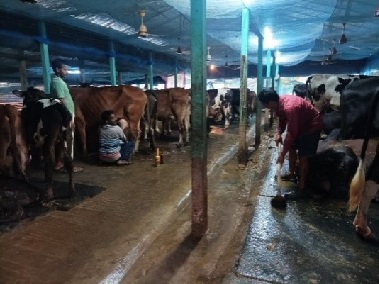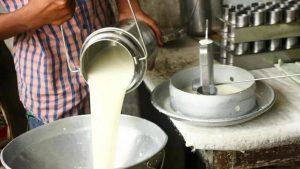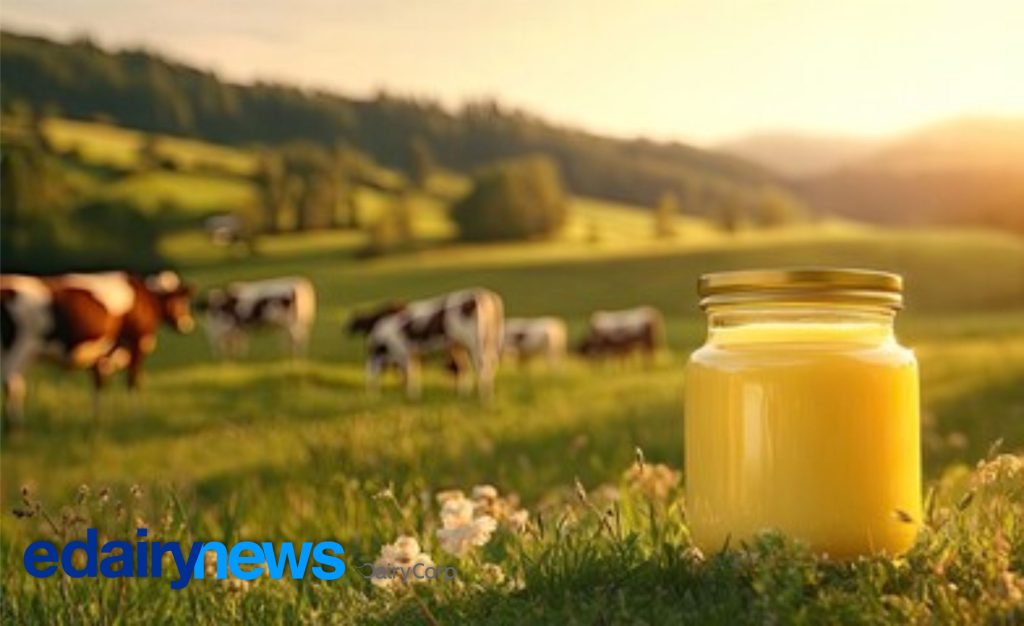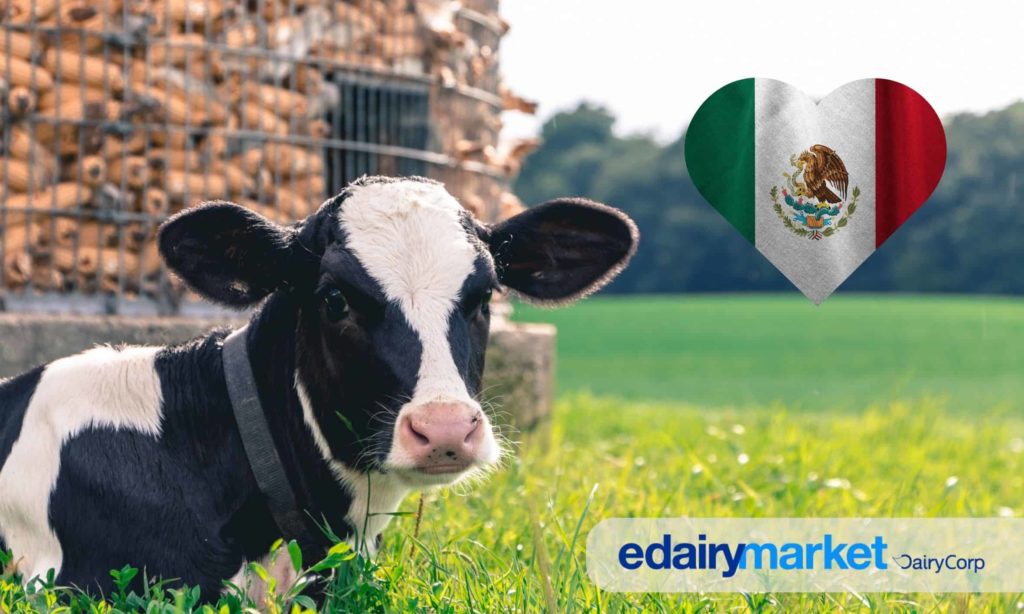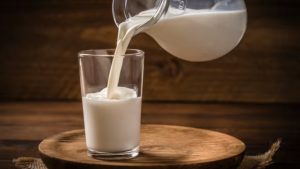
Chronic feed deficits and soaring costs threaten rural livelihoods and the stability of the world’s largest milk producer.
Despite its status as the largest milk producer globally with a 24 percent share of the world’s total output, India’s vast dairy sector is facing a severe, underlying crisis: a crippling shortage of livestock feed and fodder. Current estimates reveal substantial deficits, including a gap of 11 to 32 percent in green fodder, 23 percent in dry fodder, and over 40 percent in concentrated feed. This deficit is exacerbated in key milk-producing states like Uttar Pradesh, Bihar, and Rajasthan, directly leading to lower-than-benchmark average milk yields and threatening the nation’s dominant position in dairy economics.
The root causes of this fodder crisis are a complex web of environmental and land-use factors. Rapid urban expansion and infrastructure development have steadily eroded common grazing grounds and pastures, minimizing land available for cultivation. Furthermore, the diversion of crop residues, such as paddy straw, to industrial uses leaves a marginal and often low-productivity portion for livestock consumption. Compounded by erratic monsoons, prolonged droughts, and rising temperatures, the cultivation of essential seasonal fodder crops like berseem and maize has been severely impacted.
The implications for the Indian economy and rural society are profound. The livestock sector contributes over 5 percent of India’s Gross Value Added (GVA) and sustains over 80 million rural households, with women farmers forming the backbone of this economy. Inadequate feeding practices alone are responsible for nearly half of the potential productivity loss in dairy animals. For smallholder farmers, this translates to tangible distress: even a one-litre daily drop in milk output leads to significant cumulative income loss, compounded by delayed calving cycles and increased veterinary costs.
A worsening cost structure is accelerating the problem. Rising prices for fodder seeds and commercial feed are simultaneously discouraging fodder cultivation and squeezing farmer margins. This financial pressure is forcing vulnerable livestock holders into distress sales, compelling them to break up productive herds to survive. Such destabilization at the farm level poses a direct threat to the resilience of the national milk procurement and supply chain, risking rural incomes, national food security, and India’s standing as a global dairy leader.
Addressing this must involve coordinated scientific and policy interventions, demanding a “Green Fodder Revolution.” Key solutions include protecting dedicated fodder zones, promoting multi-cut, high-yielding, and drought-tolerant fodder crops (like napier and sorghum), and training farmers in advanced preservation techniques such as silage making and hydroponics. Cooperatives and private dairy players, following successful models like Amul, must lead by establishing local fodder banks, distributing seeds, and integrating feeding advisory services to build resilience across the entire agribusiness value chain.
Source: Read the full report on the urgent need for a shift in Indian livestock feeding practices at Down To Earth.
You can now read the most important #news on #eDairyNews #Whatsapp channels!!!
🇮🇳 eDairy News ÍNDIA: https://whatsapp.com/channel/0029VaPidCcGpLHImBQk6x1F
